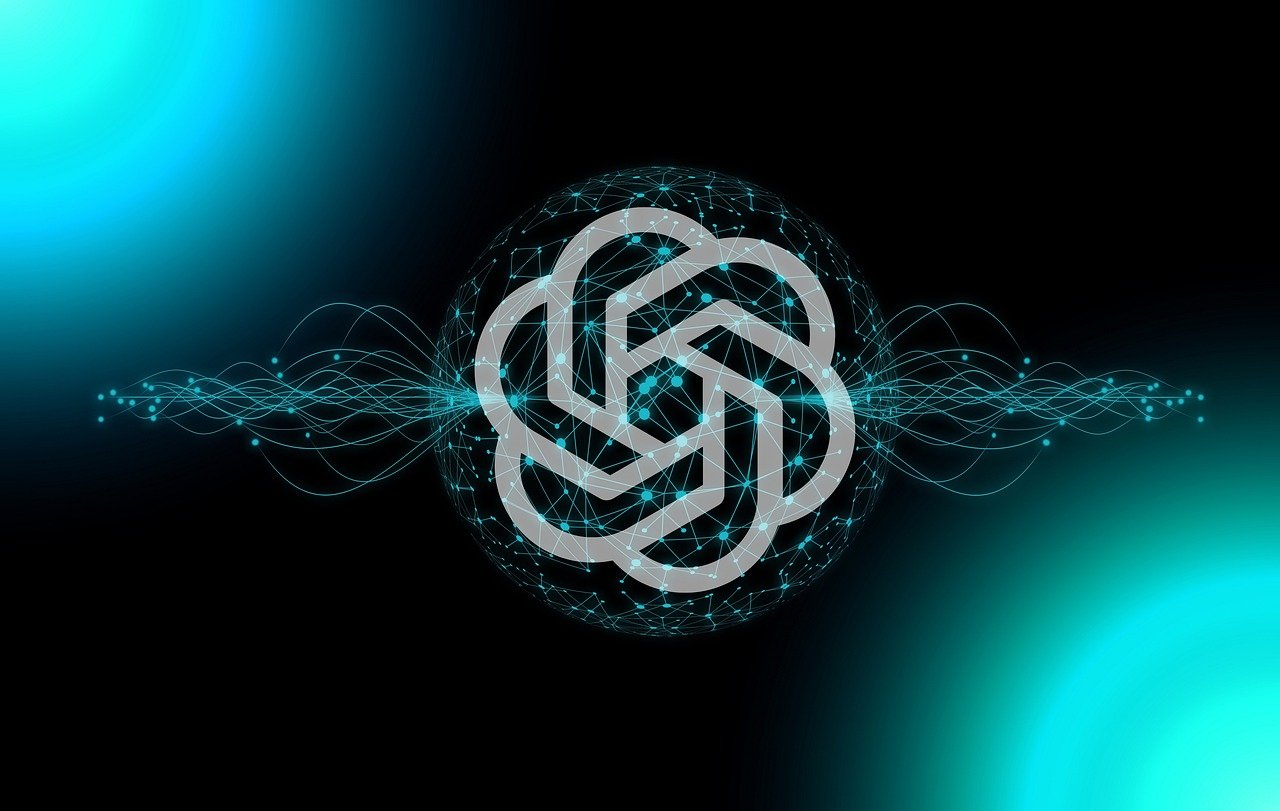Admittedly, I haven’t used ChatGPT that often. The fact that it hallucinates facts bothers me. What good is it if I have to double-check everything it says? Still, I must admit that my use of it was very trivial—I used it to create a kitchen garden.
However, GPT-4, OpenAI’s most recent large language model, has a lot of useful applications that developers have discovered. Developers recently discussed how they are utilizing the LLM in a Hacker News post. The greatest recommendations are included here, along with some further advice from ChatGPT regarding how developers ought to utilize it.
1. Code Creation and Support:
GPT-4 can be used by developers to generate enhanced code and provide support. Enhancing code autocompletion to offer more complex recommendations based on context and project-specific patterns is one way to do this. GPT-4 could also simplify the development process by helping with code translation between programming languages and code adaptation to various frameworks.
2. Advanced Natural Language Interfaces:
Another topic worth investigating is an advanced natural language interface. In order to improve user engagement and comprehension, GPT-4 could be used to develop chatbots or virtual assistants that are more natural and context-aware. It might also be used to create natural language search engines that can interpret complicated queries and provide more precise results, improving the search experience for users.
3. Content development and Enhancement:
GPT-4’s features could be useful for content development and enhancement. To help writers come up with original content or improve their style, developers might incorporate the model into writing programmes. GPT-4 could be used in the video game industry to dynamically generate complex and customized tales in games, adjusting narratives according to user choices.

4. Knowledge Extraction and Summarization:
GPT-4 has the potential to be very effective in these two domains. The technique can be applied to condense long papers, talks, or articles while keeping important details and context. GPT-4 might easily produce reports that are accessible by humans by automating the extraction of insights from complicated datasets in data analysis and reporting.
5. Personalized Learning Platforms:
Personalized Learning Platforms: can be achieved through the use of GPT-4 by personalized learning platforms. Developers might design adaptive learning environments that recognize and address the needs of each individual student by incorporating the model into educational platforms. In addition, GPT-4 might function as a virtual tutor, offering students individualized explanations, question-answering, and guidance through challenging material.
6. SQL Queries
One commenter claims to be terrible at crafting SQL queries that have numerous joins. The programmer just gave the bot instructions after displaying the table definitions to it. The poster cautioned that it might take a few tries to get it correct, as is frequently the case with AI.
7. Writing RegExps
The same commenter writes regular expressions using ChatGPT-4 as well. The coder stated, “It is great at them.”
8. Prototypes
It’s used by another coder to come up with ideas and create prototypes for solving problems. Specifically, he utilized it primarily for Python command line interfaces (CLIs), small React webpages, and machine learning pipelines.
He said, “I’ll start by asking for an overview of the problem domain, as this provides context for the LLM.” I then explain the issue and ask it to provide solutions, along with the advantages and disadvantages of each strategy. Iteratively, you could ask it questions, change its recommendations, and then periodically summarize. After that, you have the option of building it yourself or asking for the code for a prototype.

9. Rubberducking
Debugging code by describing the issue in plain, spoken, or written English is known as rubberducking. It originates from a tale in The Pragmatic Programmer about a programmer who walks around with a rubber duck and forces himself to explain his code to it, line by line. According to one programmer, ChatGPT-4 can be used to explain the code, line by line.
10. Personal Tutoring
One user commented that ChatGPT-4 “is not there yet” in terms of pure development or peer evaluation, but as a virtual tutor, it does a decent job of answering follow-up questions.
11. Writing Micro-Benchmarks for C++
Simon Boehm observed, “They always compile, but require some editing.” Boehm continued, “It also requires good prompting.”
12. Explaining Assembly Code
Simon Boehm observed, “They always compile, but require some editing.” Boehm continued, “It also requires good prompting.”
13. Optimizing Code to Reduce Memory Usage
Victor Baptista wrote, “I had to optimize some Python code to reduce its memory usage.” “After exhausting every possibility, I considered rewriting it in a foreign language. The code was copied and pasted into ChatGPT 4. initially attempted to use Rust, but too many compilation issues occurred. I then gave Go a try, and it was flawless. Using ChatGPT-4, the developer—who had never used Go before—improved the Go code. I used it dozens of times a day, and it provided me with excellent answers. However, I believe the code failed to build once or twice, Baptista stated. “I’ve put the improved Go code into production right now.”
14. Writing in JavaScript (or Any Language That Isn’t Your Strength)
It is used by another programmer to generate code in languages—in this example, JavaScript—that the programmer is not too familiar with. “I’d probably have to spend 30 to 45 minutes just brushing up on my basic AJAX and modern syntax because my JavaScript isn’t the best, or BAM write a schema of my idea and get GPT to put my idea on paper with halfway decent style and syntax,” the programmer said. “I’ll handle things from there.”
15. Looking up How to Do Something
One submission said, “GPT-4 is good at looking things up for you but bad at doing things.” “I ask it how I should do things, instead of trying to force it to do things.”

16. Frontend Writing
To test an endpoint, one developer wrote a basic React app using GPT-4. After the code was functional, the developer instructed the AI to make the app “more visually appealing” and it complied.
17. Testing and Documentation
The idea that AI will be tested-specific is one of the key predictions. It’s currently being used by one individual for some documentation and unit testing. “It doesn’t always produce flawless code, but it’s faster to get some boilerplate and fix it than to start from scratch,” the user said. “I used so much of this that I covered it with cli glue.” In addition to writing Python and Bash, the commentator has also used it “with some Makefiles and Dockerfiles thrown in.”
20. OpenSearch (or ElasticSearch) Query Building
It took me some time to understand their terminology because I was unfamiliar with the technology. Rather, I would simply inform ChatGPT of my document type and then request particular information in plain language,” one poster stated. “Warning, these were not always flawless questions on the first attempt, but it was much simpler than parsing answers to somewhat related questions on Stack Overflow.” It truly helped me get started, however these days I create my own inquiries most of the time.
21. Getting the Ball Rolling in General
Even if the code isn’t flawless, several developers claim to utilize GPT-4 to “get the ball rolling” on coding issues. It was utilized as a starting point for TypeScript and React. In essence, the AI serves as a scaffold for picking up complex skills. Another programmer offered this advice: before asking the bot to write the code, ask it to iteratively summarize all of the points that have been agreed upon.
22. Image Processing
A coder mentioned utilizing GPT-4 for OpenCV image processing. The developer stated, “It’s saved me a ton of time that I would have spent figuring out the necessary transforms and matrix operations.”

23. Shell Scripting
One hacker news reader said it’s wonderful for shell scripting of any kind and also useful for expanding type definitions. Despite having no prior knowledge of the networking crate for async runtimes, another developer claimed to have created a functional web socket server in Rust by utilizing ChatGPT-4.
Motivated by these concepts, The New Stack chose to inquire about ChatGPT-4 directly about the optimal way for developers to utilize it when creating apps. This is what it recommended:
24. Natural Language Processing
The AI said to The New Stack, “Integrate me into your application to provide natural language generation and understanding capabilities.” “I can help with jobs like summarizing, translating between languages, sentiment analysis, and text completion.
25. Developing a Chatbot
You can use ChatGPT-4 as the backend while developing chatbots. By producing replies in response to user requests or instructions, it can assist developers in creating interactive user experiences.
26. Generating Content
“You can use my language generation skills to create coherent and contextually appropriate text if your application needs to generate content like articles, product descriptions, or social media posts,” the bot advised. In fact, a developer on Hacker News reported that they had used the AI to create wiki article pages for an encyclopedia that was still under development.
27. Researching and Knowledge Assistance
Although it seems most obvious, this one is not simple. It can also be applied to condense complex texts that researchers may come across.
28. Integrating a Virtual Assistant
The AI said, “Include me in virtual assistant apps to deliver thoughtful and situation-aware responses.” “I can assist users with general information retrieval, scheduling, reminders, and recommendations.”

29. Following Best Practices for Code Generation and Debugging
Although this may sound redundant, it’s important to note that the chatbot can also offer advice on best practices and programming principles.
30. Simulating End User Interactions
The AI said, “Use me to test the functionality of your application and simulate user interactions.” “Scenario-based testing, output evaluation, and sample generation are all possible.”
31. Coding a Database
In addition to identifying a bug in the metrics, steps 8–10 include accelerating the test cycle, decreasing the load on the garbage collector, tightening up timer handling, and identifying superfluous type assertions.
ChatGPT-4 was used by developer Philip O’Toole for #6–10 and other tasks. He loved it so much and it saved him so much time that he created a blog post about how it made it easier for him to write the database. He once requested ChatGPT-4 to clarify because he wasn’t sure how the suggested adjustments would lessen the strain on the garbage collector, and it was able to do so. The adjustments were made by him.
32. Dynamic Content Personalization:
GPT-4 has the potential to improve the personalization of dynamic content on websites and other applications. Real-time customized content recommendations could be produced by the model by gaining insight into user preferences and behaviors. By enabling a more sophisticated understanding of user intent and interests, this goes beyond straightforward recommendation algorithms and eventually increases user engagement.
33. Legal document generation and analysis:
Writing large volumes of text in the form of agreements, contracts, and legal documents is a common task for legal practitioners. GPT-4 can help with legal document analysis by highlighting important phrases in lengthy legal documents, distilling complicated legal jargon, and even producing drafts based on predetermined standards. This might greatly speed up the preparation of legal documents and legal research procedures.
